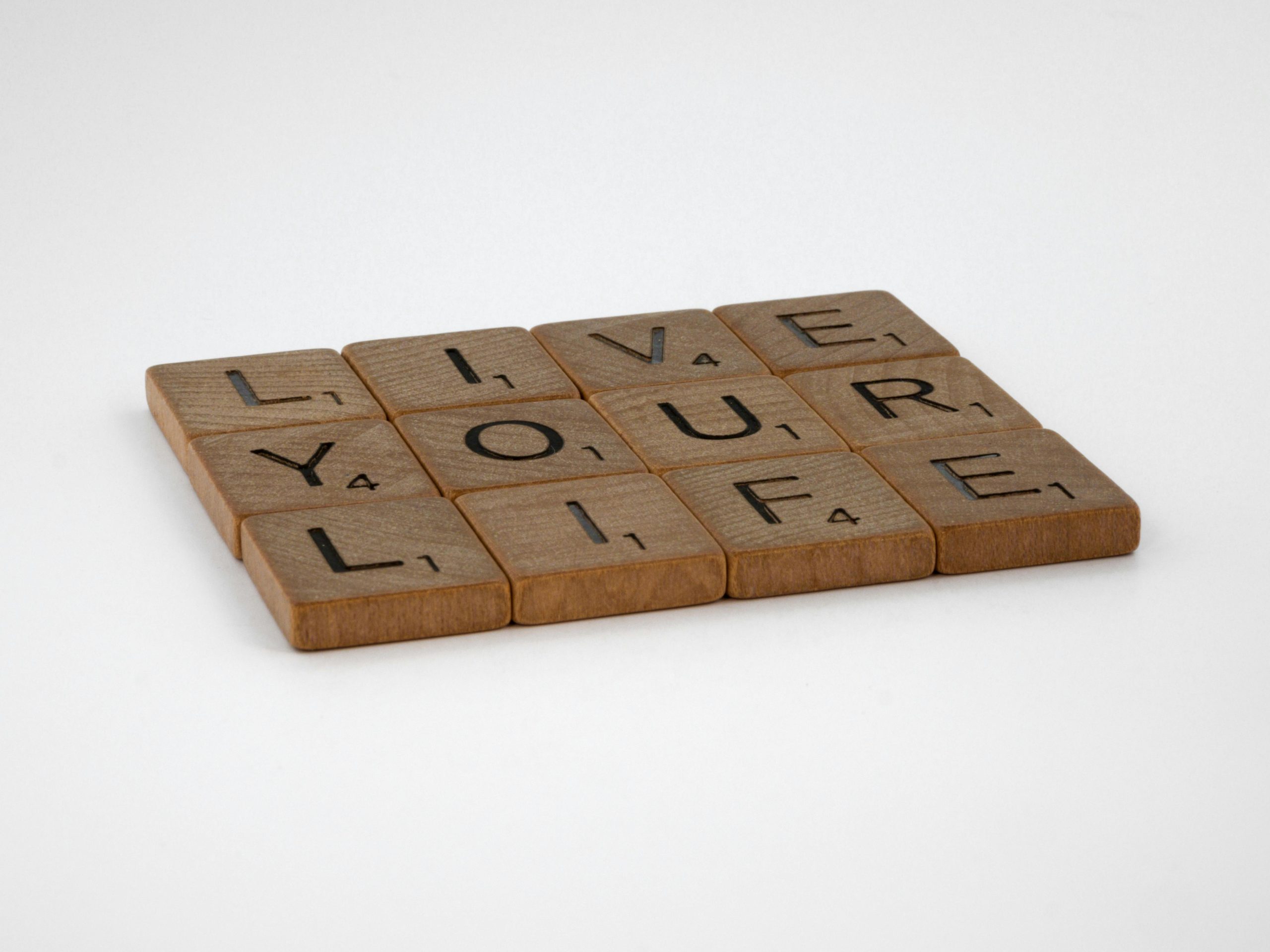Have you ever walked into a room and forgotten why you went there? Or sworn you left your keys on the table, only to find them in your pocket? Our brains are powerful, but they’re also full of quirks that can make us question our own sanity. The truth is, your mind plays tricks on you all the time—without you even realizing it. From memory distortions to subconscious biases, here are some weird ways your brain deceives you every day.
1. The Mandela Effect: False Memories That Feel Real
Remember when you thought Nelson Mandela died in prison in the 1980s—only to learn he was released and became South Africa’s president? Or how about the famous line from Star Wars, “Luke, I am your father,” which was actually never said that way? These are examples of the Mandela Effect, a phenomenon where large groups of people remember events or details differently than they actually happened.
Your brain doesn’t store memories like a video recorder. Instead, it reconstructs them every time you recall something, filling in gaps with assumptions or external influences. Over time, these distortions can create vivid but entirely false memories. The more people share these false memories, the more real they feel—even when evidence proves otherwise.
Why It Happens:
- Suggestibility: Hearing others describe an event can alter your own memory of it.
- Confabulation: Your brain fills in missing details with plausible guesses.
- Social reinforcement: Shared false memories feel more valid because others believe them too.
2. The Baader-Meinhof Phenomenon: Suddenly Seeing Something Everywhere
Ever learned a new word and then started hearing it everywhere? Or bought a car and suddenly noticed the same model on every street? This is the Baader-Meinhof Phenomenon, also known as frequency illusion. It’s not that the thing suddenly became more common—it’s that your brain is now primed to notice it.
Your mind filters out most of the sensory input you receive to avoid overload. But once something grabs your attention, your brain flags it as important, making you hyper-aware of it. This creates the illusion that the thing is appearing more frequently than before.
How It Tricks You:
- Selective attention: You ignore things until they become relevant to you.
- Confirmation bias: You subconsciously seek out evidence that confirms your new awareness.
- Memory reinforcement: Each new sighting strengthens the illusion.
3. The Illusion of Control: Believing You Have More Power Than You Do
Have you ever pressed an elevator button repeatedly, hoping it will arrive faster? Or blown on dice before rolling them, convinced it’ll help you win? This is the illusion of control—a mental bias that makes you believe you can influence random events.
Humans crave predictability and control, so our brains create patterns where none exist. Superstitions, lucky charms, and even some rituals stem from this illusion. In reality, many outcomes are purely chance, but admitting that can feel unsettling, so your mind tricks you into feeling in charge.
Where It Shows Up:
- Gambling: Believing skill affects games of pure luck.
- Stock trading: Overestimating personal influence on market movements.
- Everyday habits: Knocking on wood or avoiding “jinxes.”
4. Change Blindness: Missing the Obvious Right in Front of You
In a famous experiment, researchers asked participants to count basketball passes in a video. Halfway through, a person in a gorilla suit walked through the scene—yet many viewers completely missed it. This is change blindness, where your brain fails to notice major changes when focused on something else.
Your visual system doesn’t process everything in real time. Instead, it relies on expectations and shortcuts to save energy. If something doesn’t seem relevant, your brain might ignore it entirely—even if it’s glaringly obvious.
Why You Don’t See It:
- Selective focus: Your attention narrows to the task at hand.
- Memory gaps: Your brain fills in details based on expectations.
- Overconfidence: You assume you’d notice big changes, so you don’t double-check.
5. The Halo Effect: Judging a Book by Its Cover (Without Knowing It)
If someone is attractive, do you automatically assume they’re also kind or intelligent? That’s the halo effect—a cognitive bias where one positive trait influences your perception of unrelated traits. The opposite, the “horn effect,” happens when a single negative trait colors your entire judgment.
Your brain loves shortcuts, and first impressions are powerful. Once an initial judgment is made, it’s hard to shake, even in the face of contradictory evidence. This can affect hiring decisions, relationships, and even how you interpret someone’s actions.
How It Skews Reality:
- First impressions: A strong handshake might make you overlook red flags.
- Branding: A sleek logo can make a product seem higher quality.
- Social bias: Charismatic people are often assumed to be more competent.
Your brain is a master of deception—not to fool you, but to help you navigate the world efficiently. These mental shortcuts and biases keep you from drowning in information, but they also lead to some bizarre and amusing misperceptions. The next time you’re absolutely sure about something, take a step back. Your mind might be playing one of its sneaky tricks on you—without you even realizing it.
